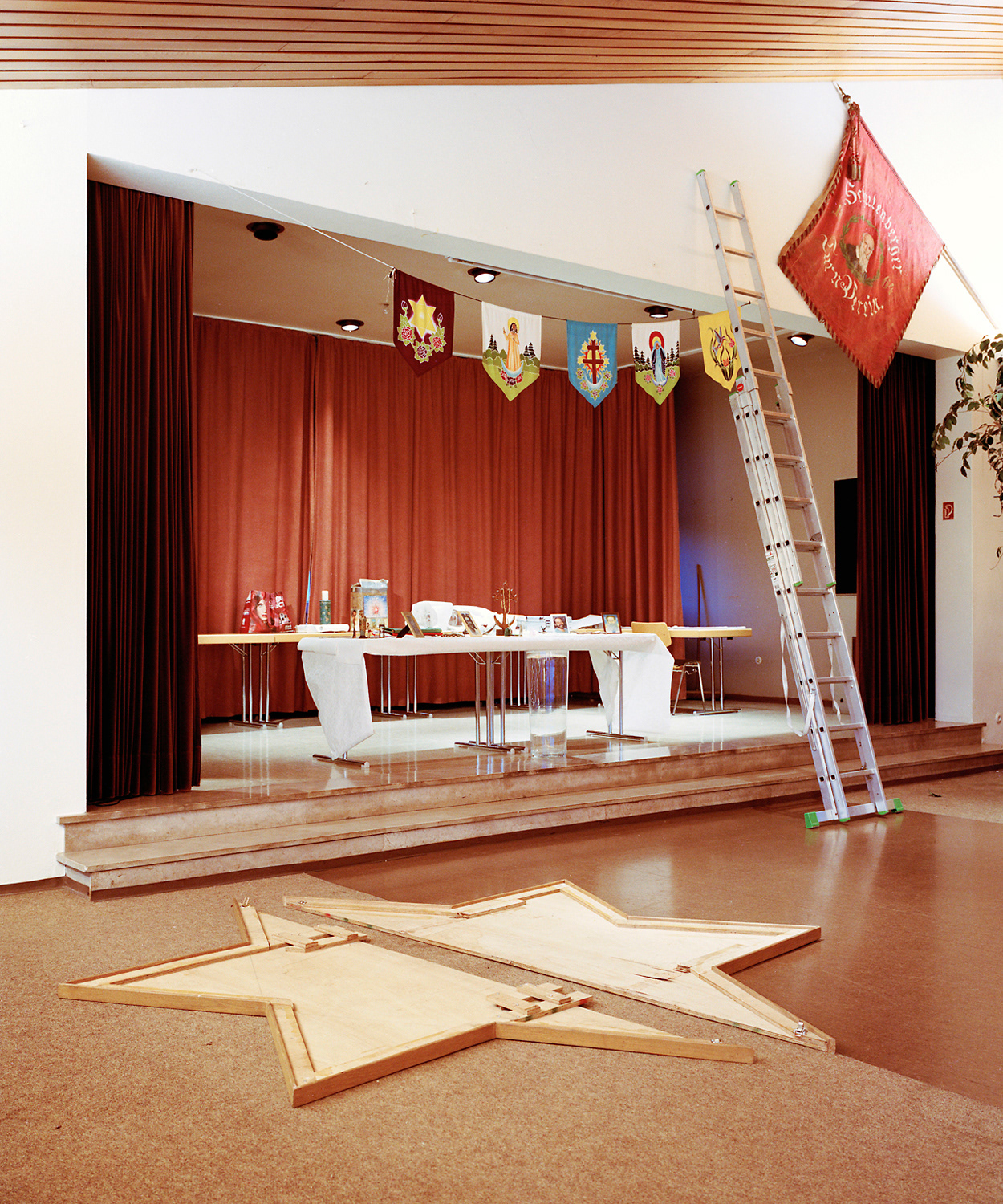
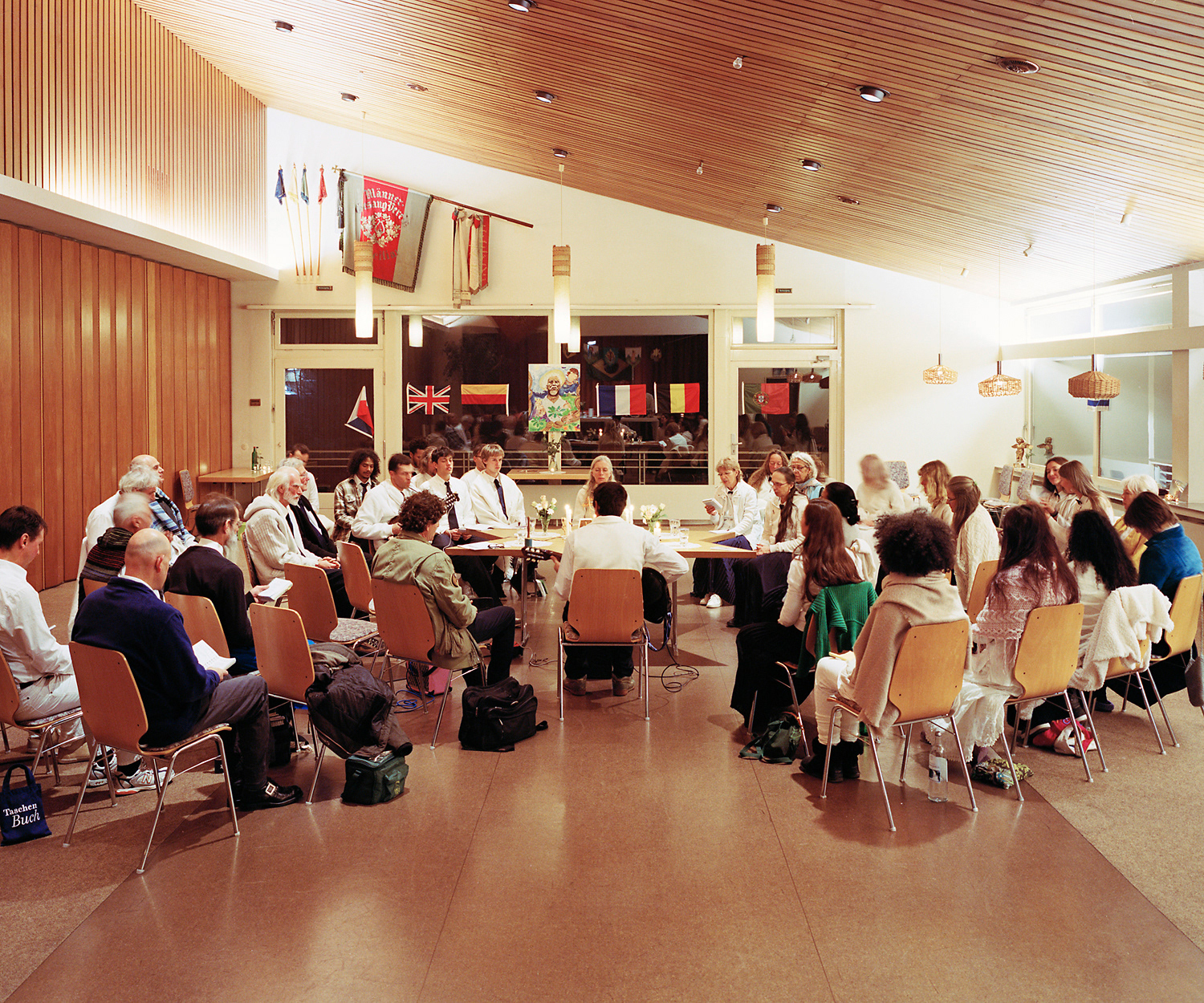
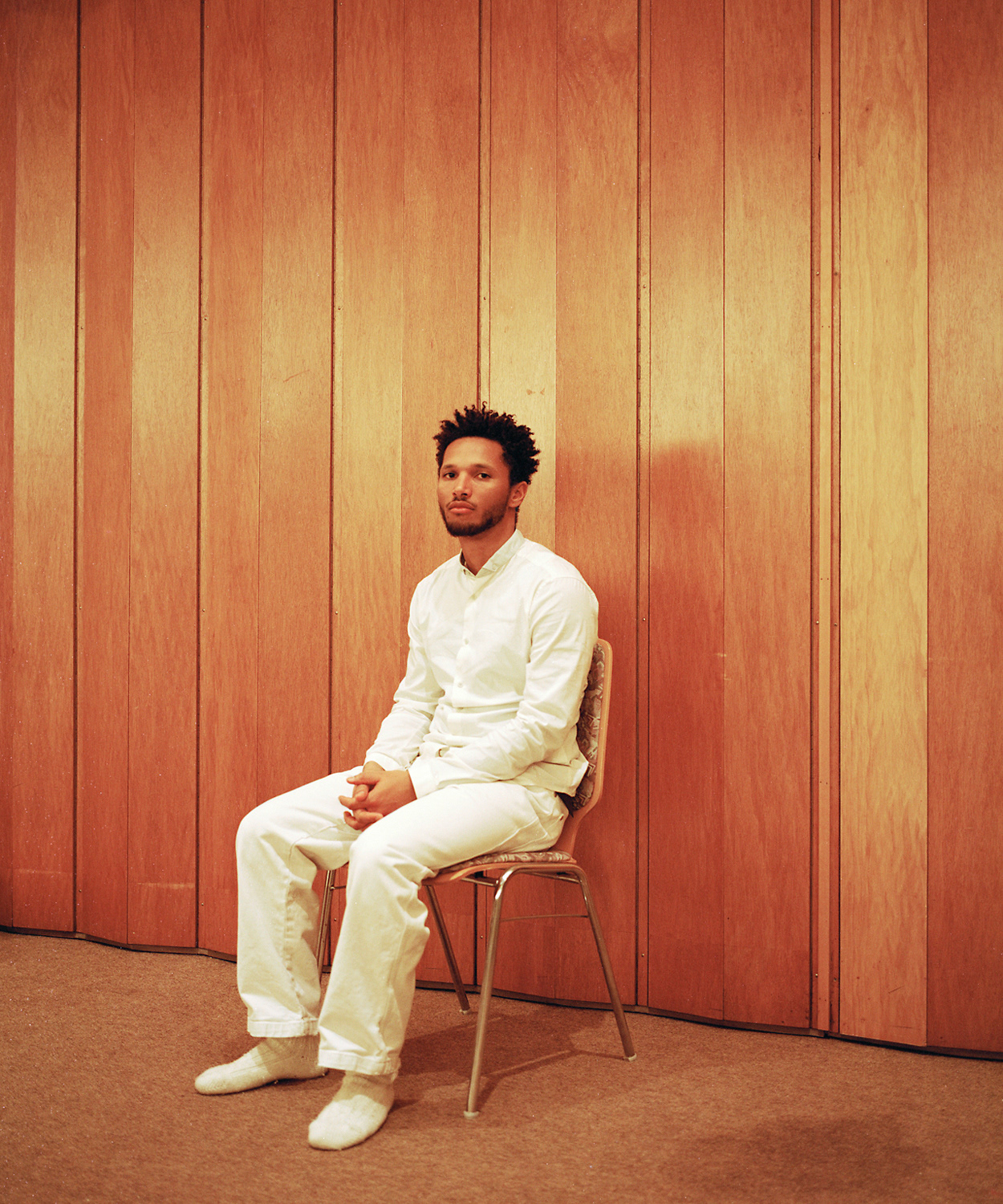
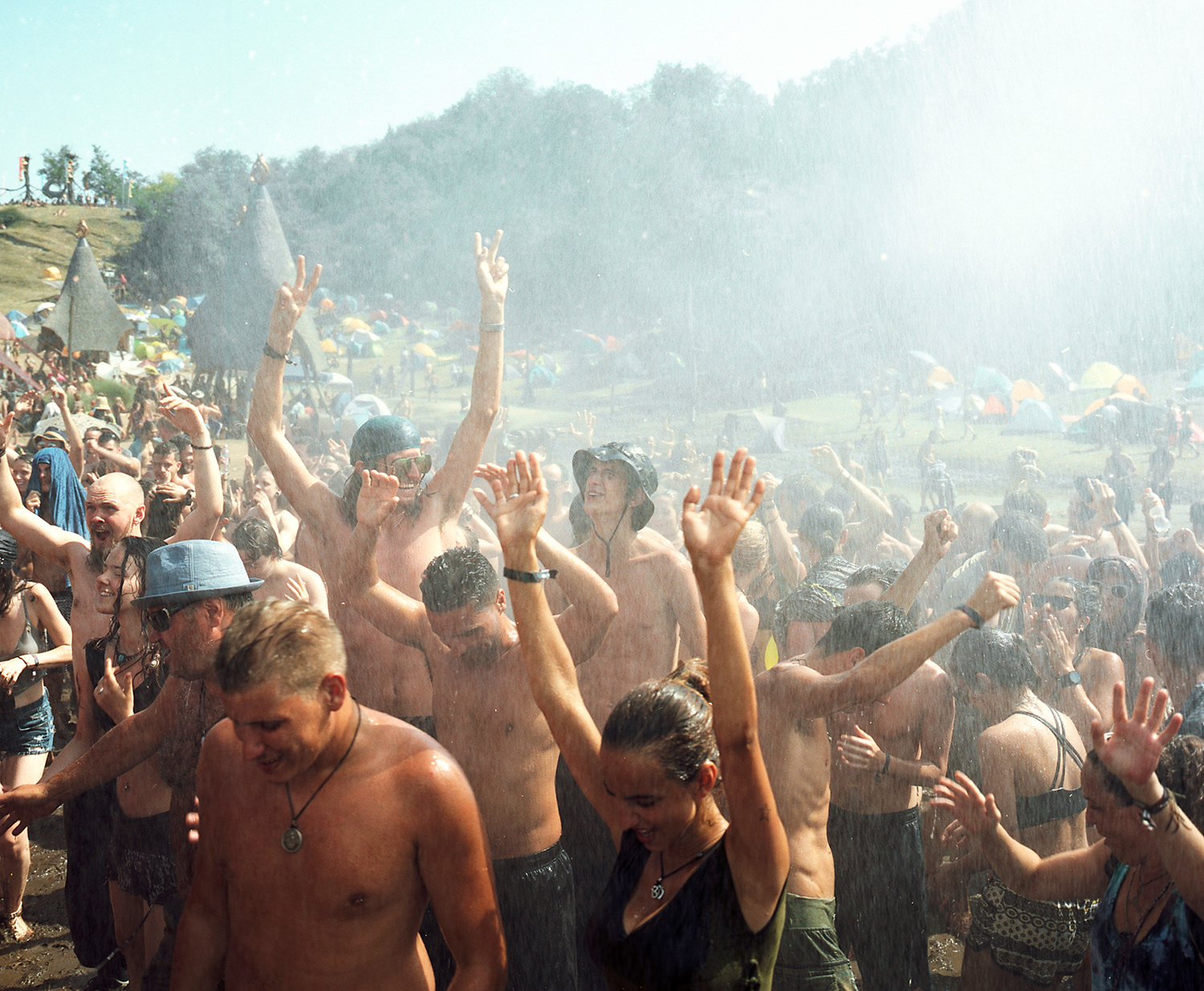
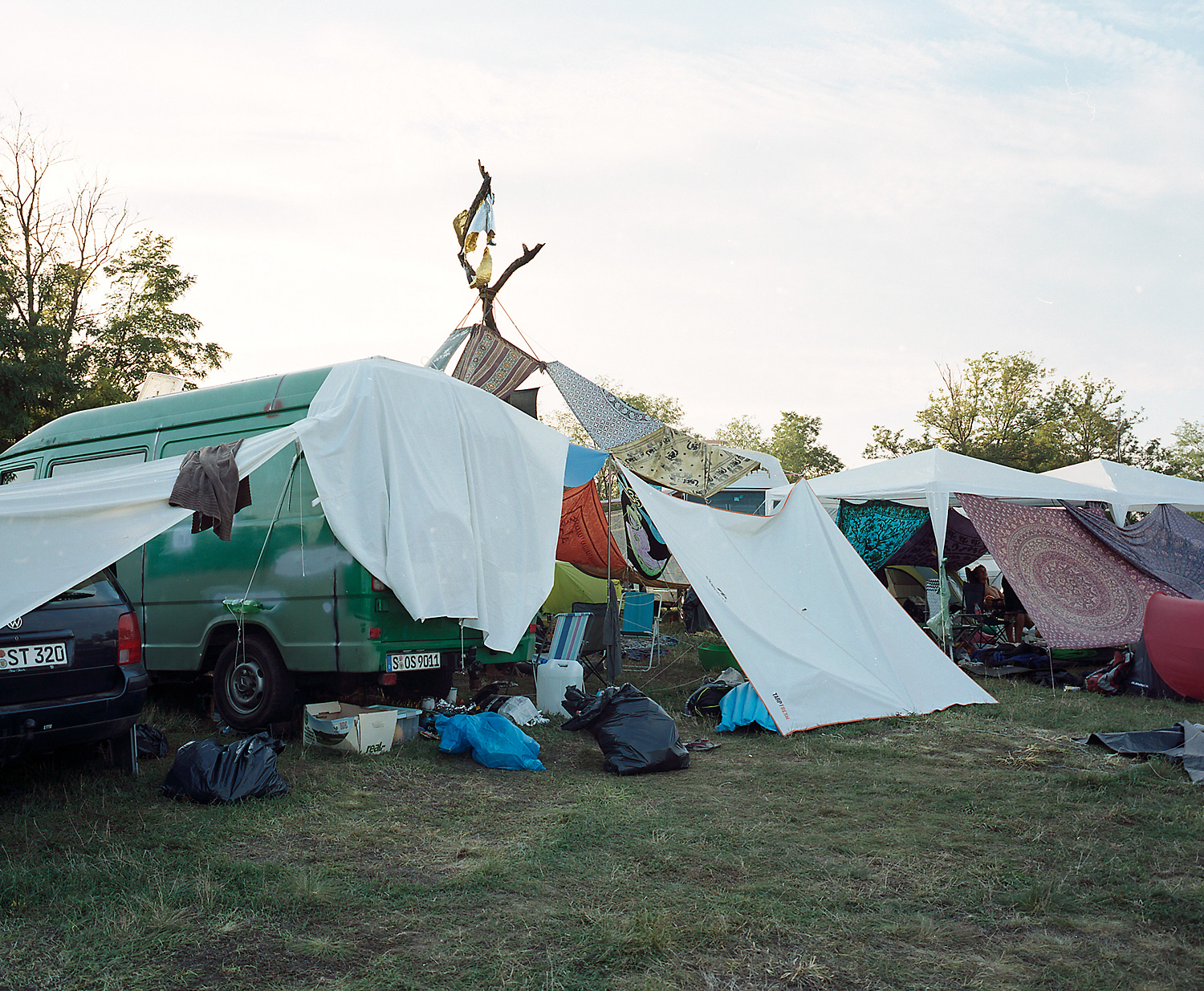

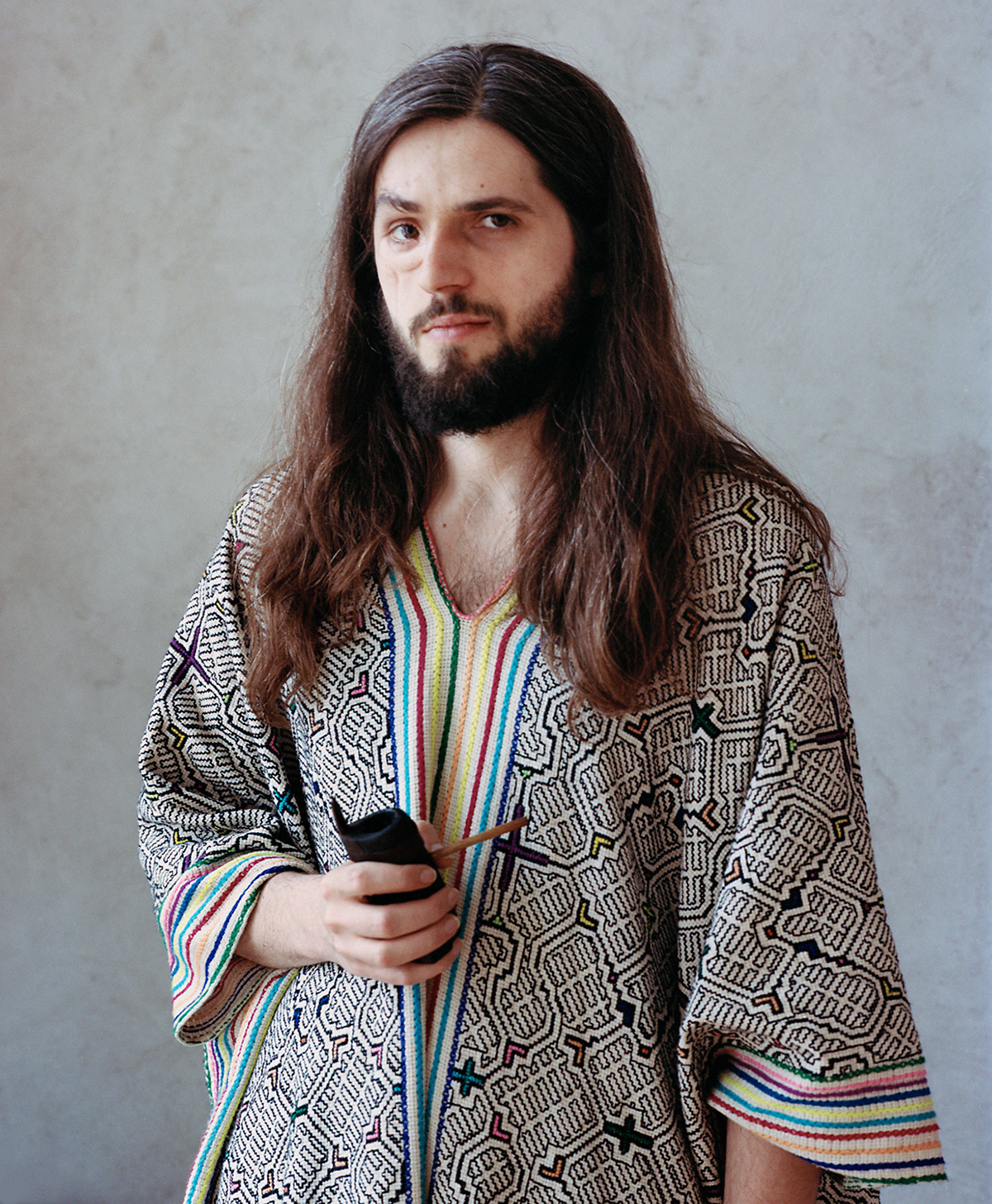
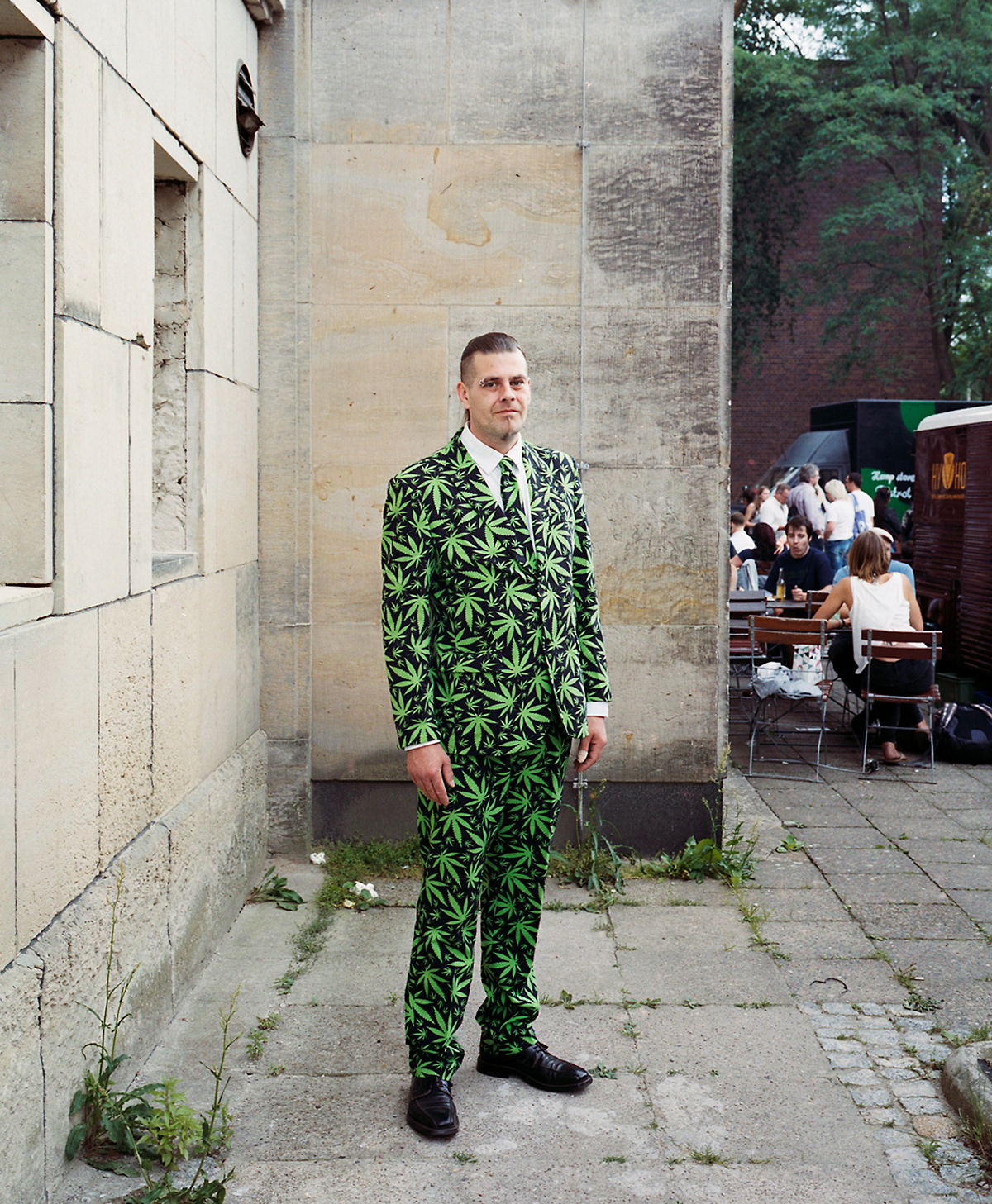
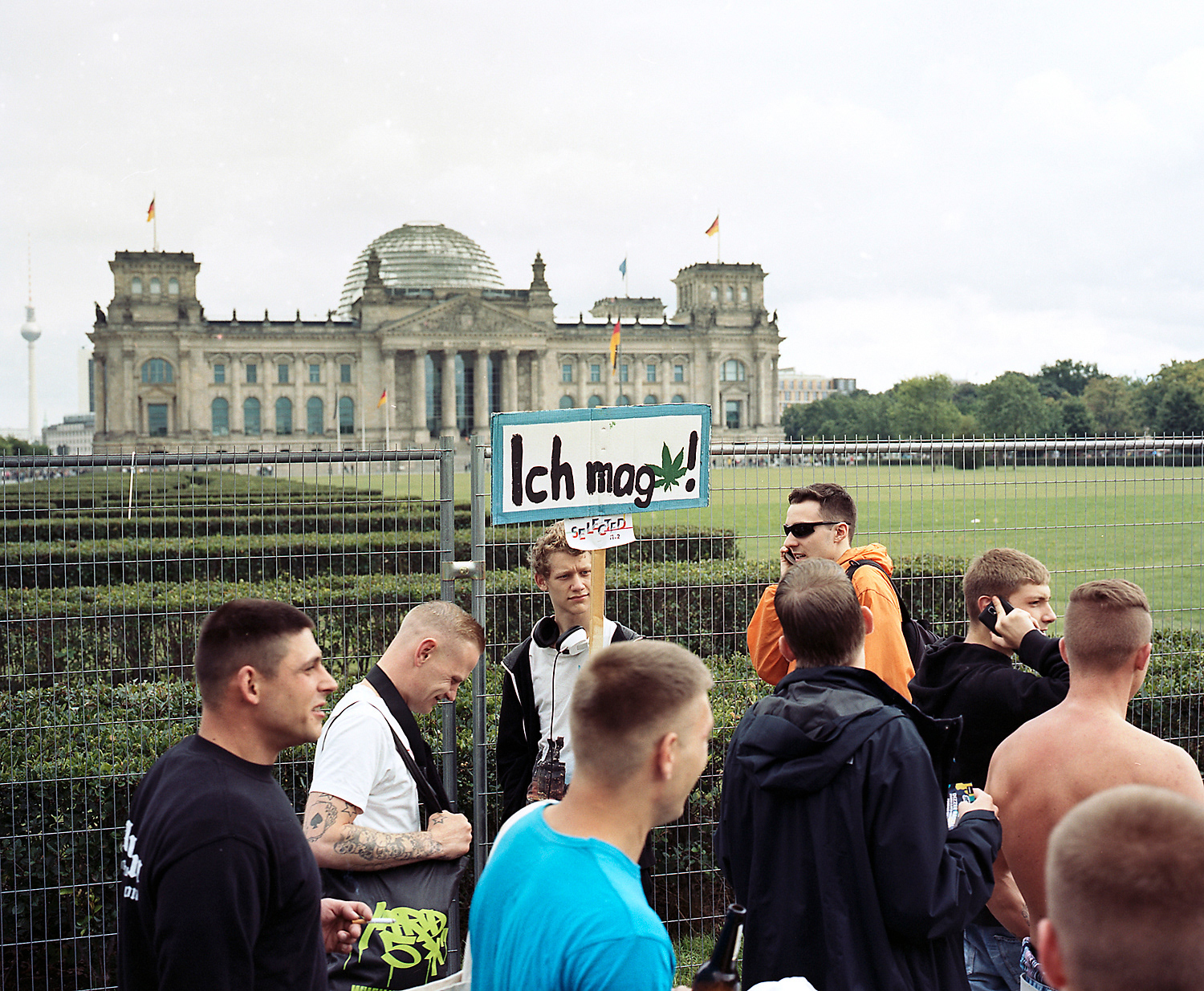

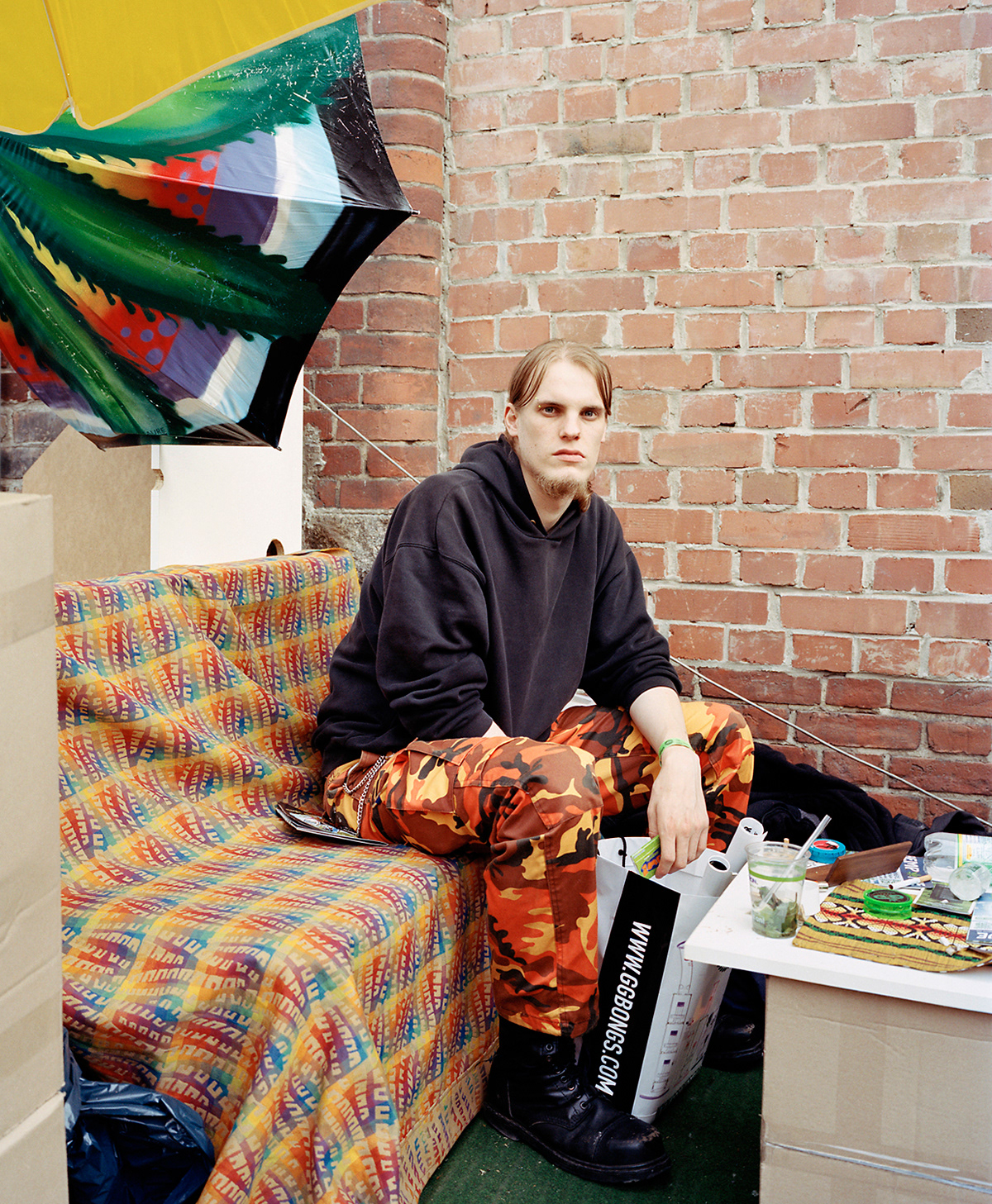
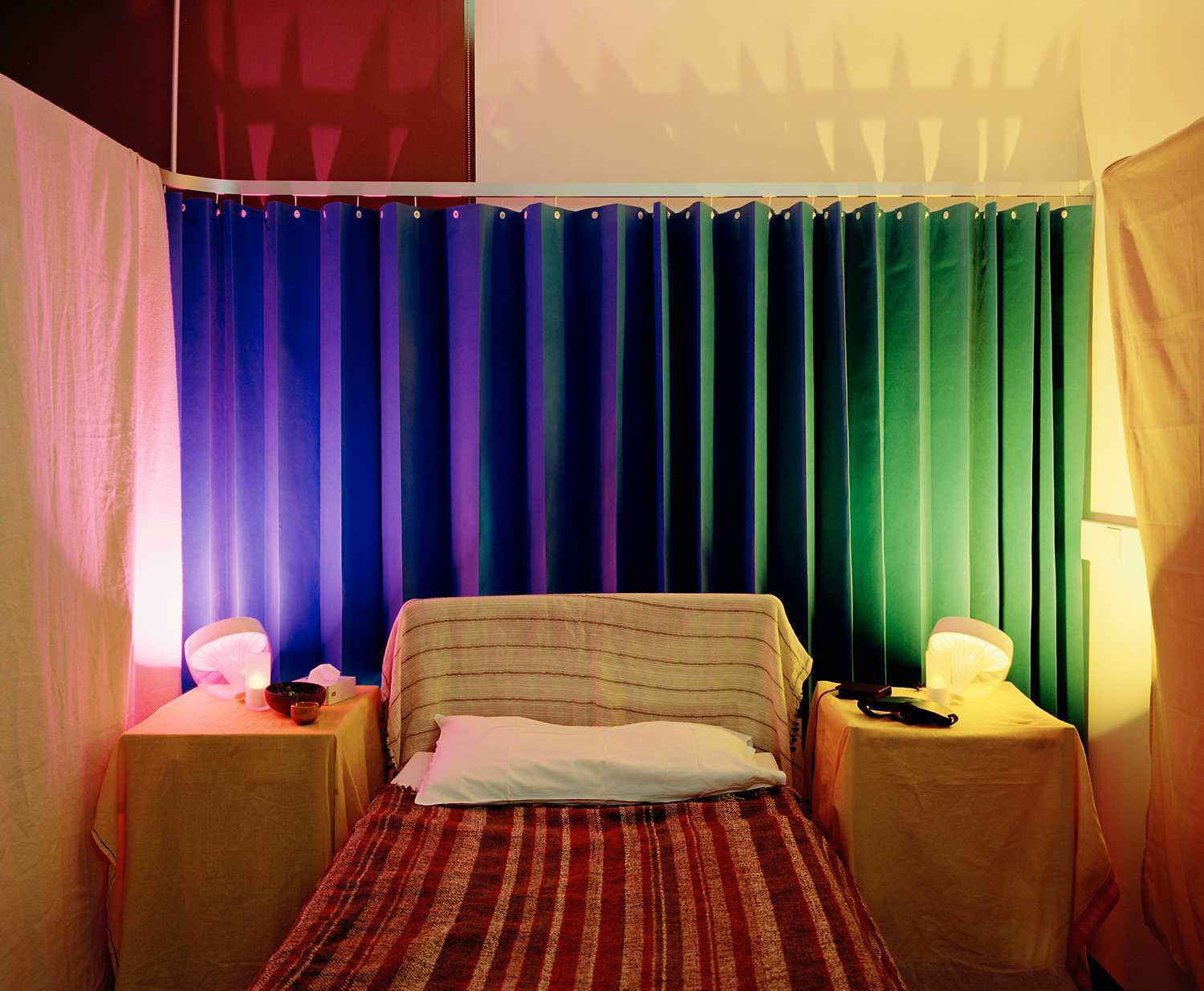


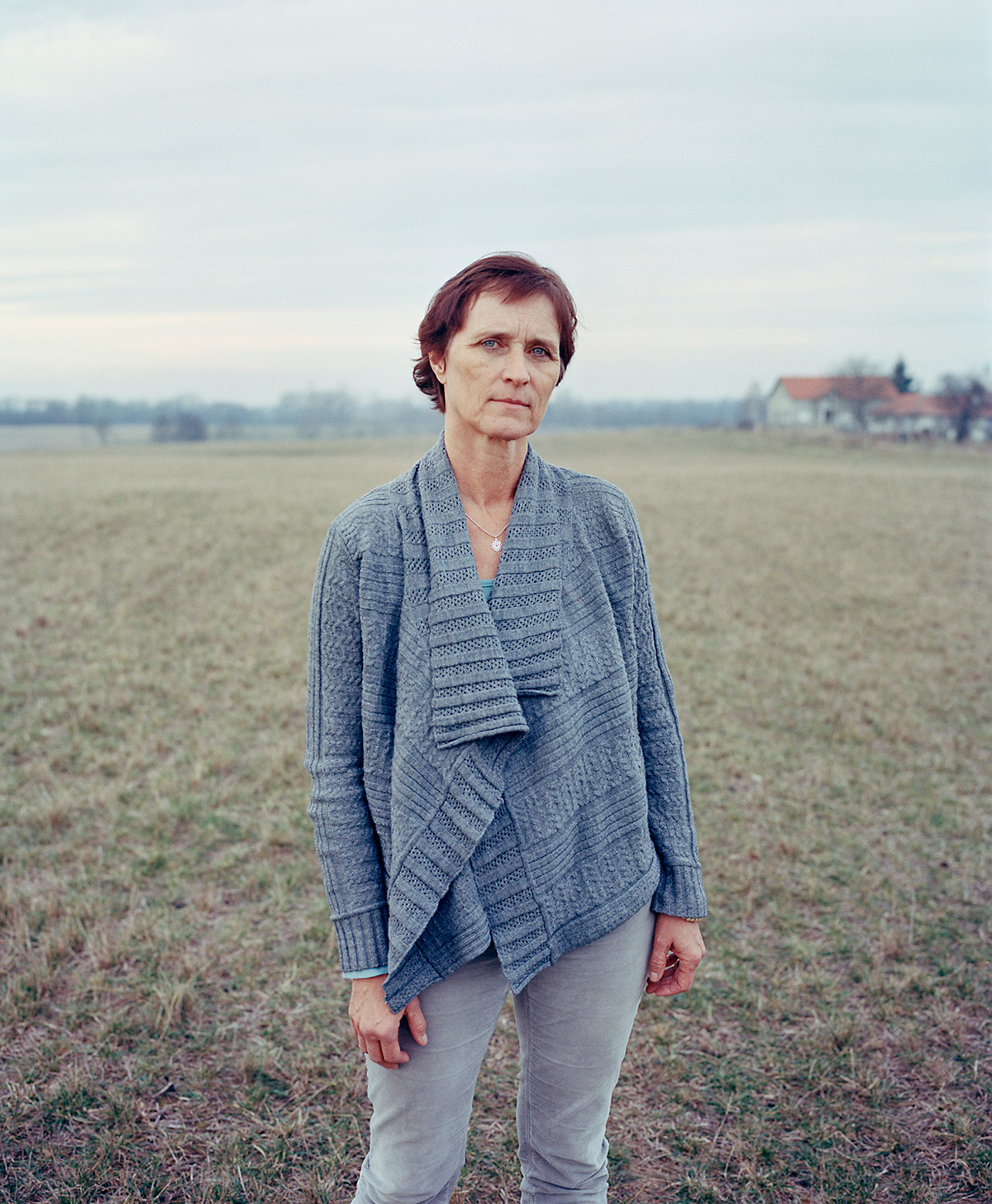

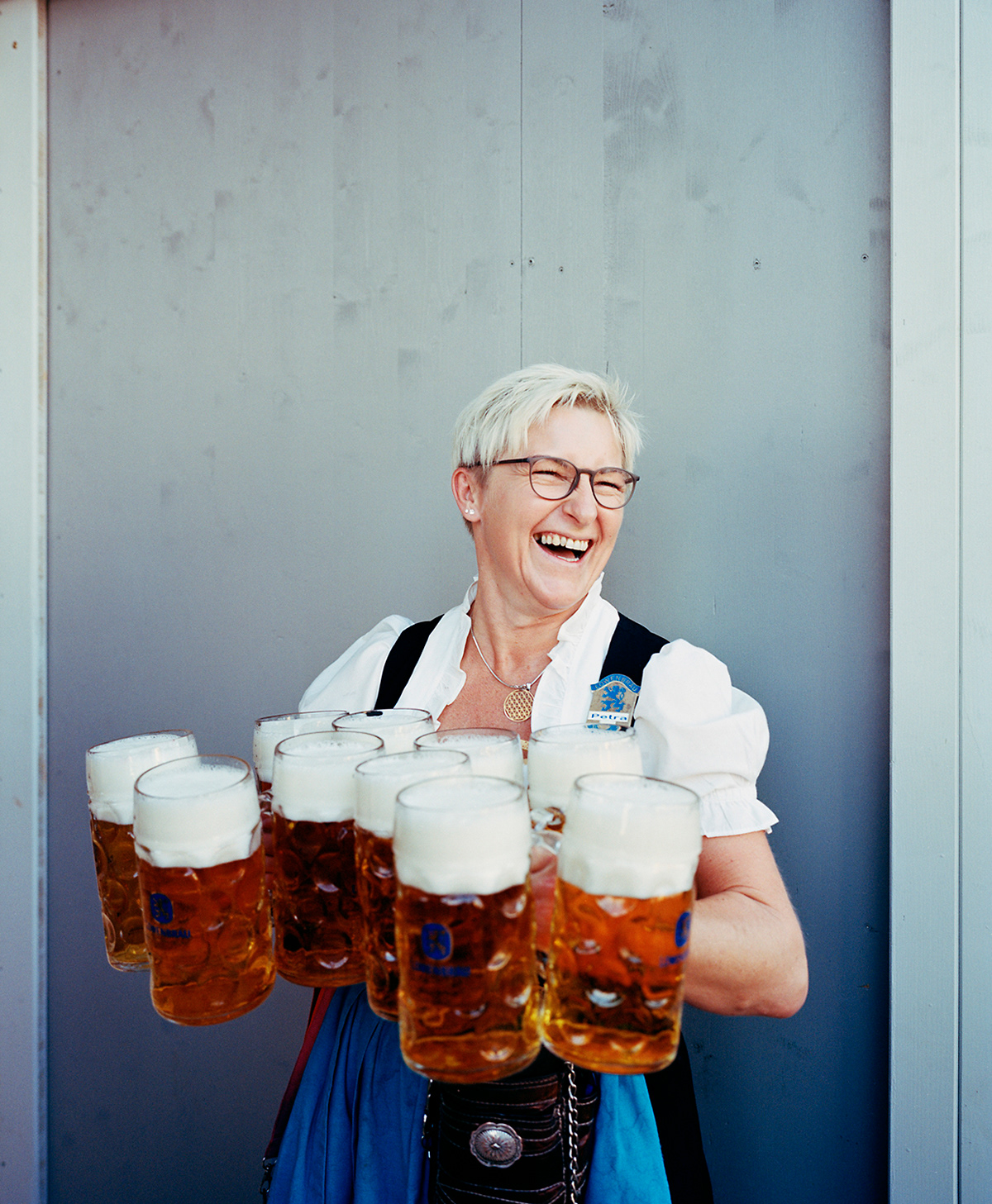
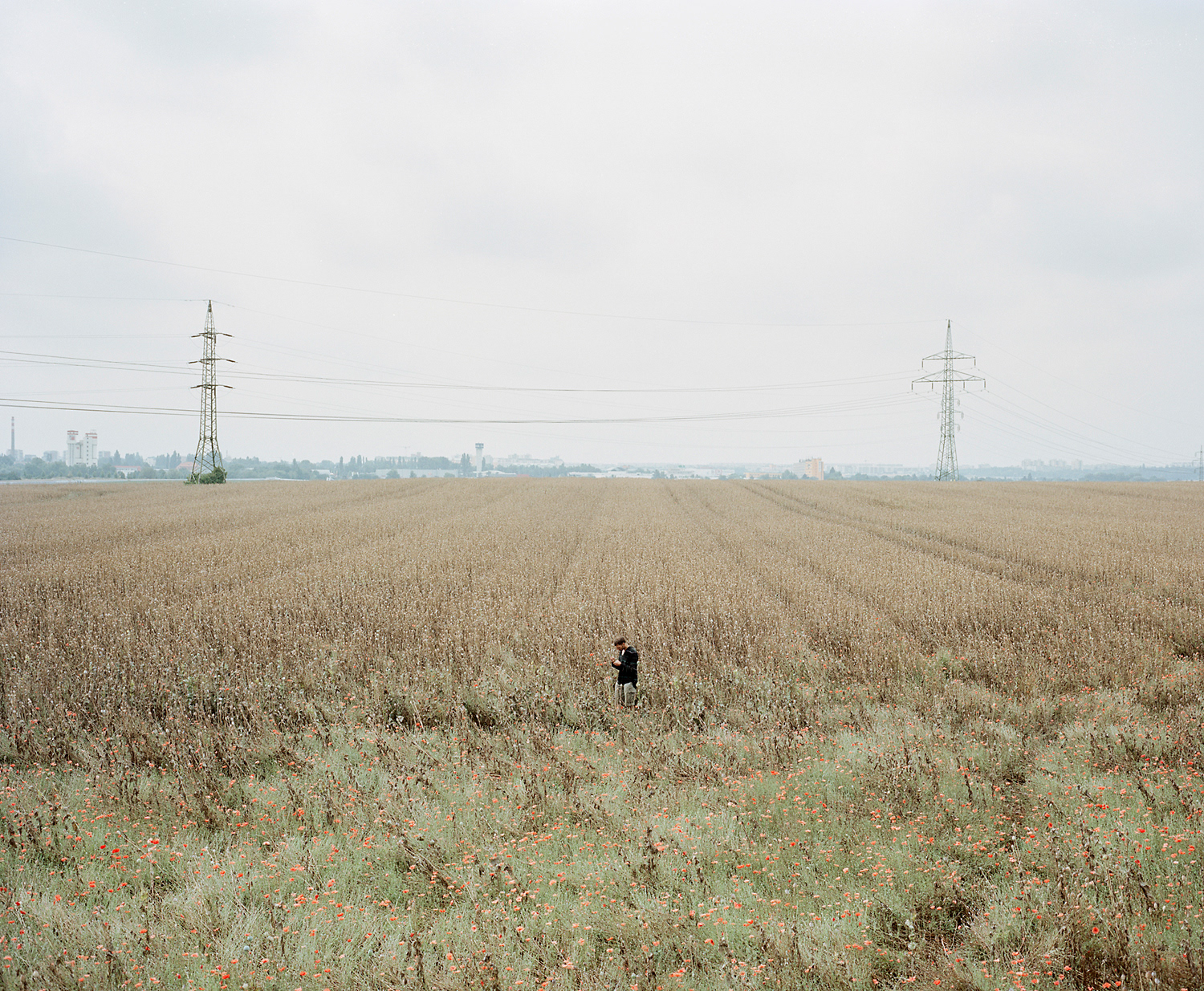
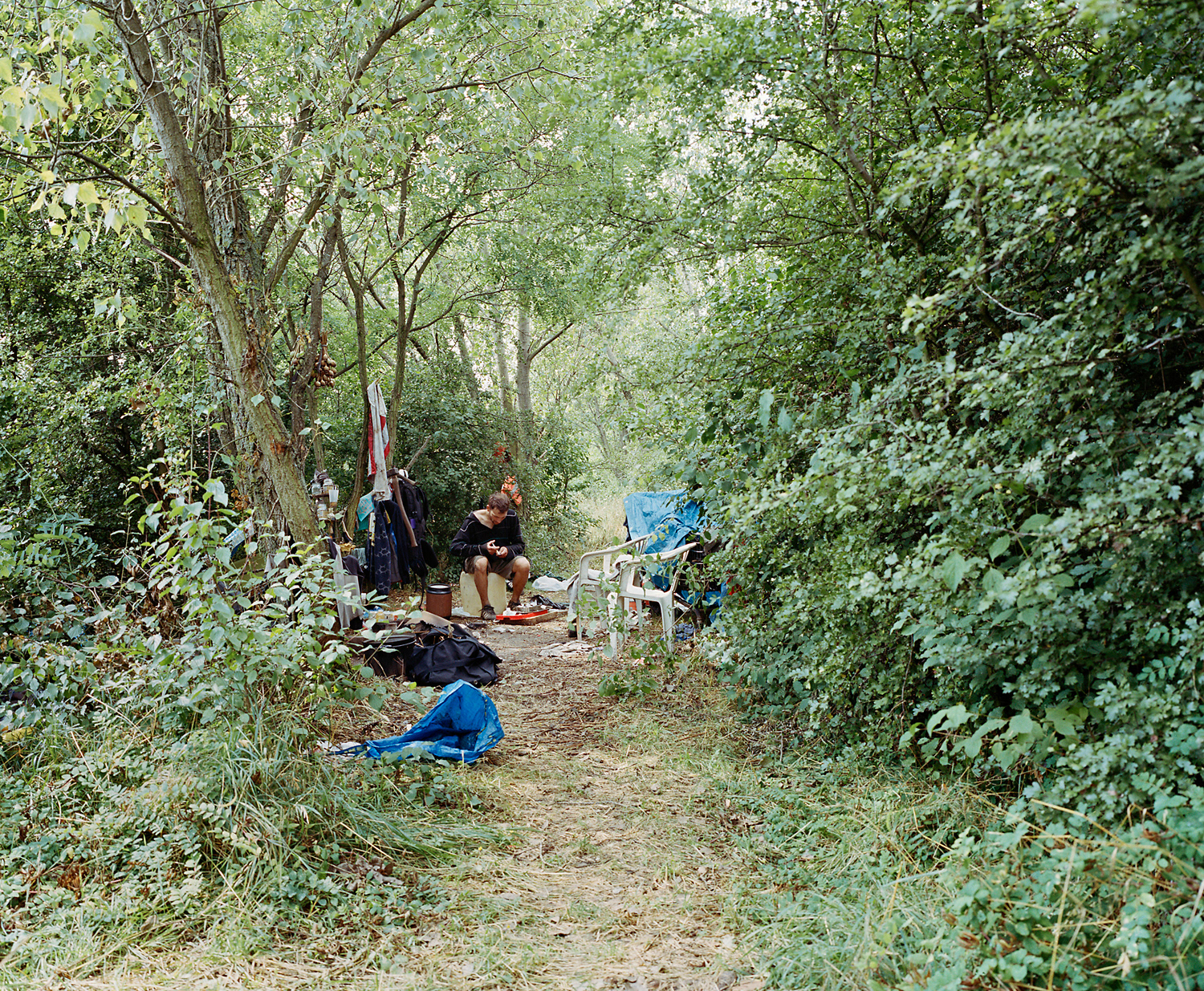
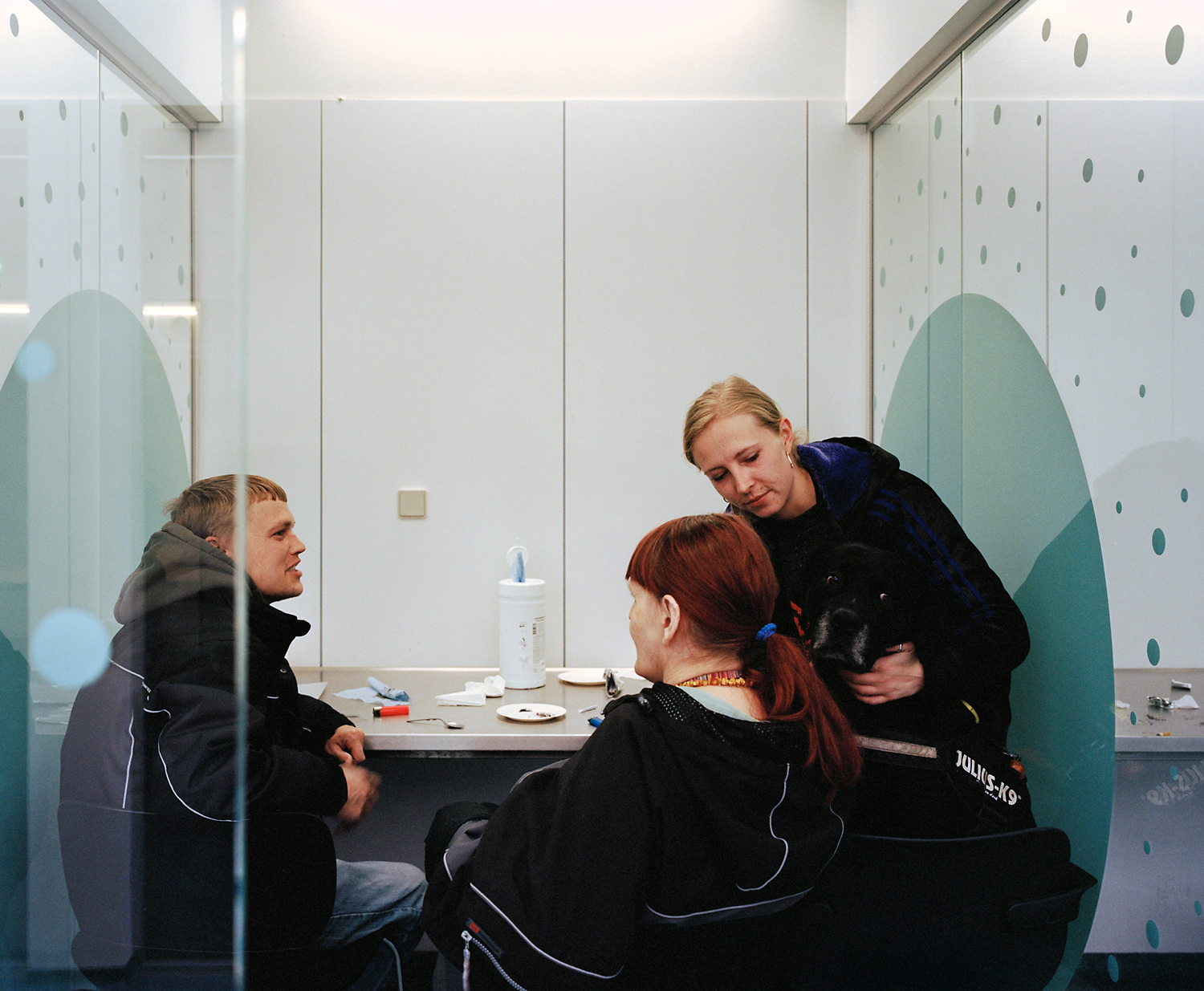
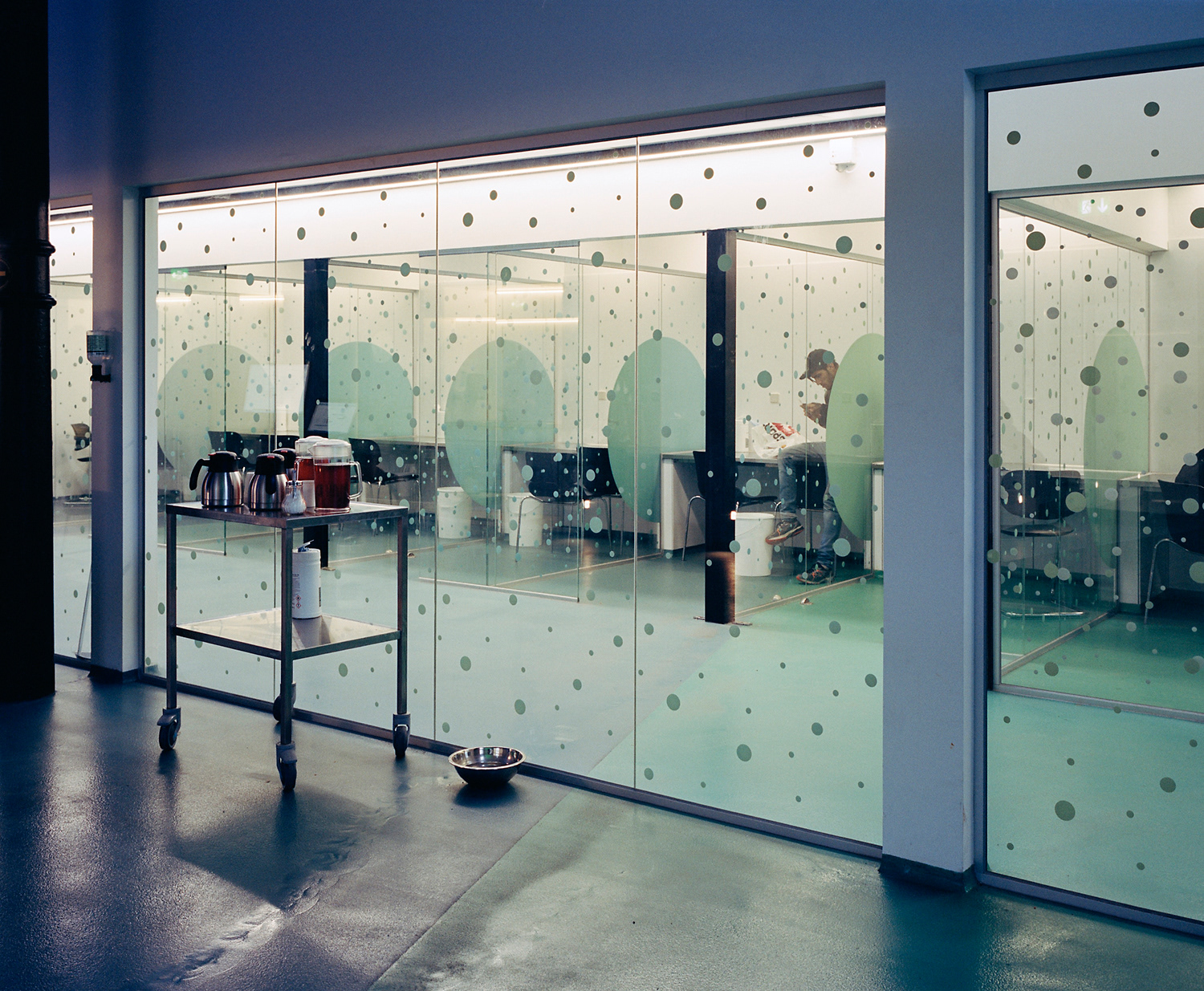
Whether for spiritual, religious, therapeutic or hedonistic purposes, substances were and continue to be an inherent part of most cultures. After a “War on Drugs” spanning more than 40 years, a number of banned substances are currently experiencing a renaissance. Governments are relaxing legislation, scientists are experimenting again, and medicinal plants used by indigenous peoples for millennia became very popular in the West. Despite their prohibition, many positive uses of such substances have developed over time – and so have destructive ones. It has long been about more than protesting against society or escaping everyday life. More and more people are using substances for healing, self- optimization and to expand their consciousness. Drug use is a social reality – one that has taken on a variety of forms over the millennia. Of crucial importance for the effect and potential consequences of taking substances is the ‘setting’. This terms applies to the cultural and social context, influencing patterns of drug use as well as the quality of the substance intoxication experience. I am interested in that spatial and emotional environment which surrounds a person before, during and after drug use.




















